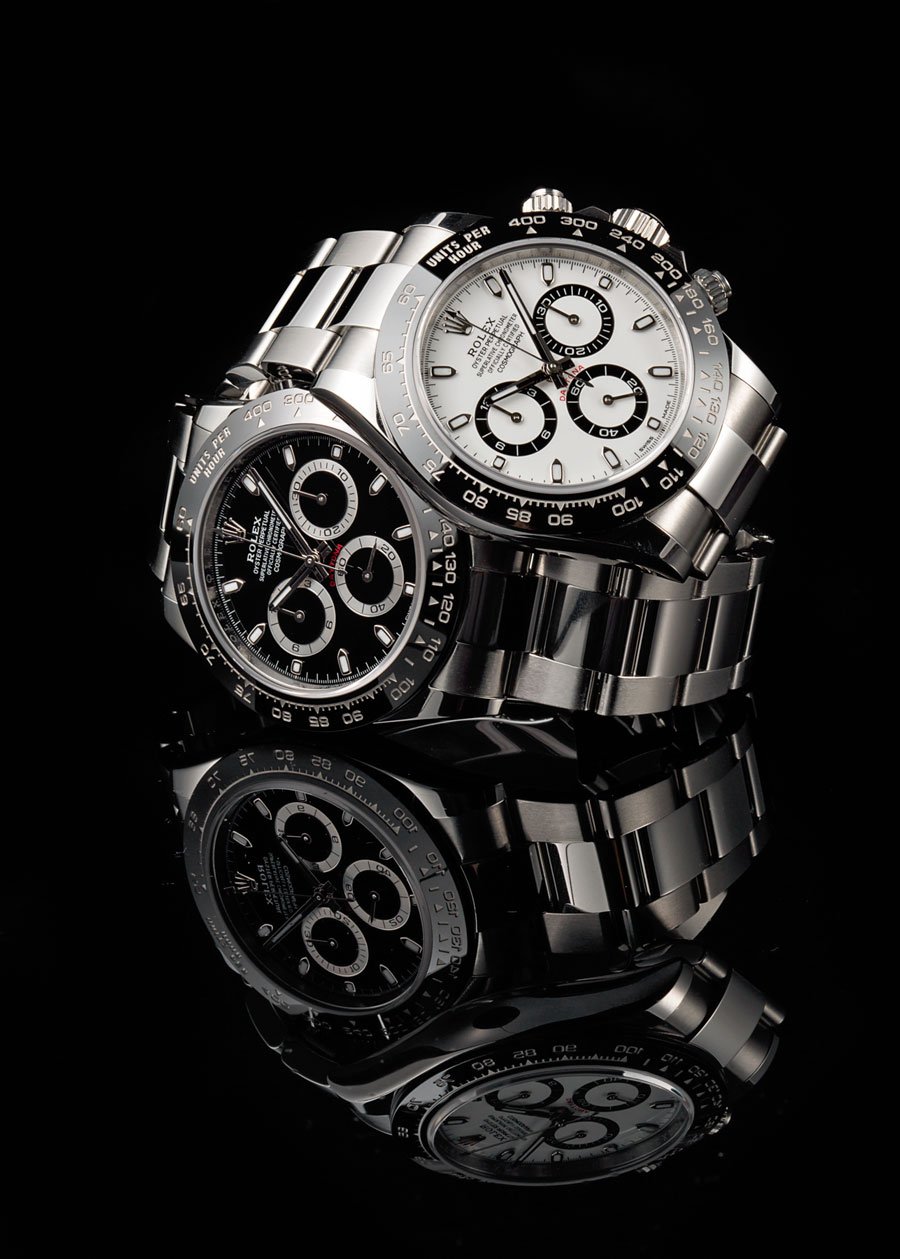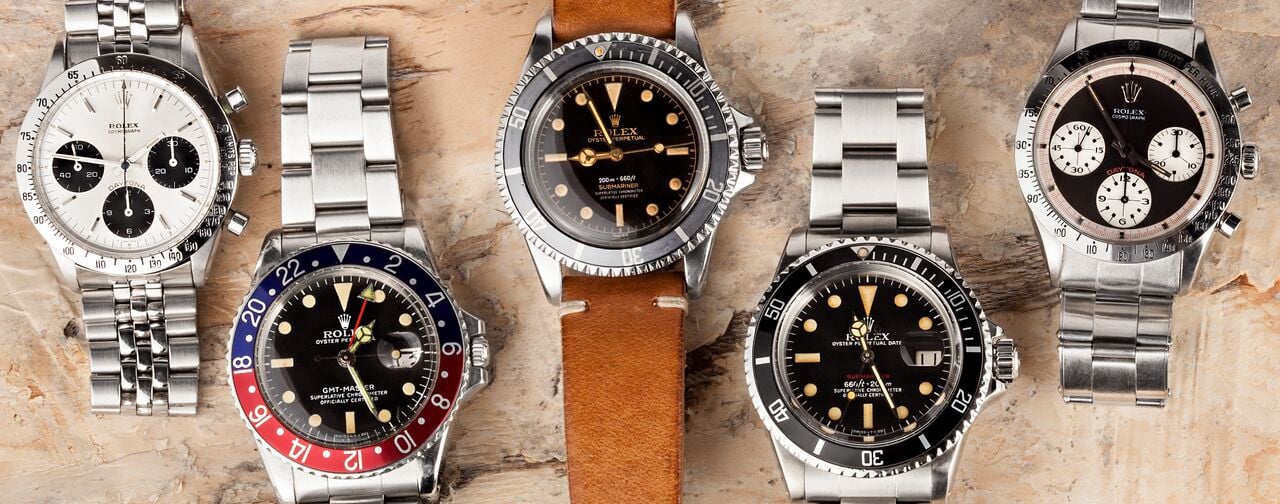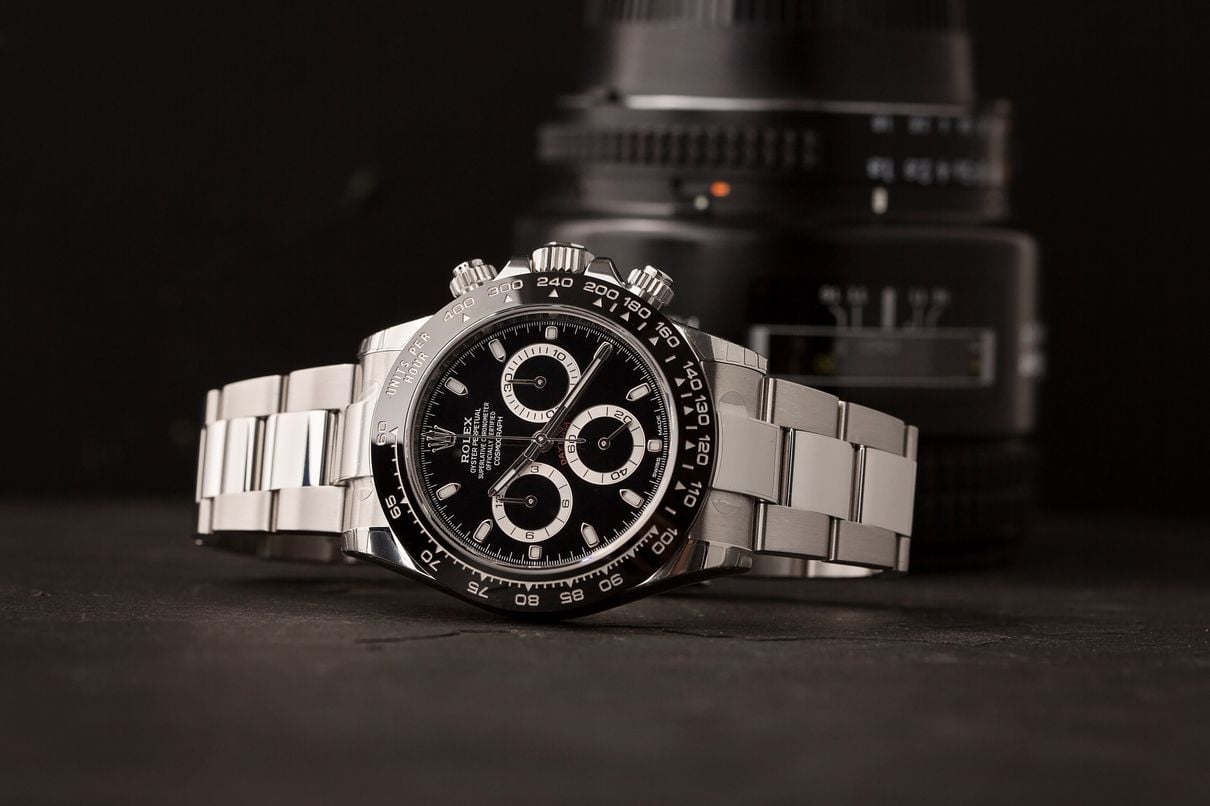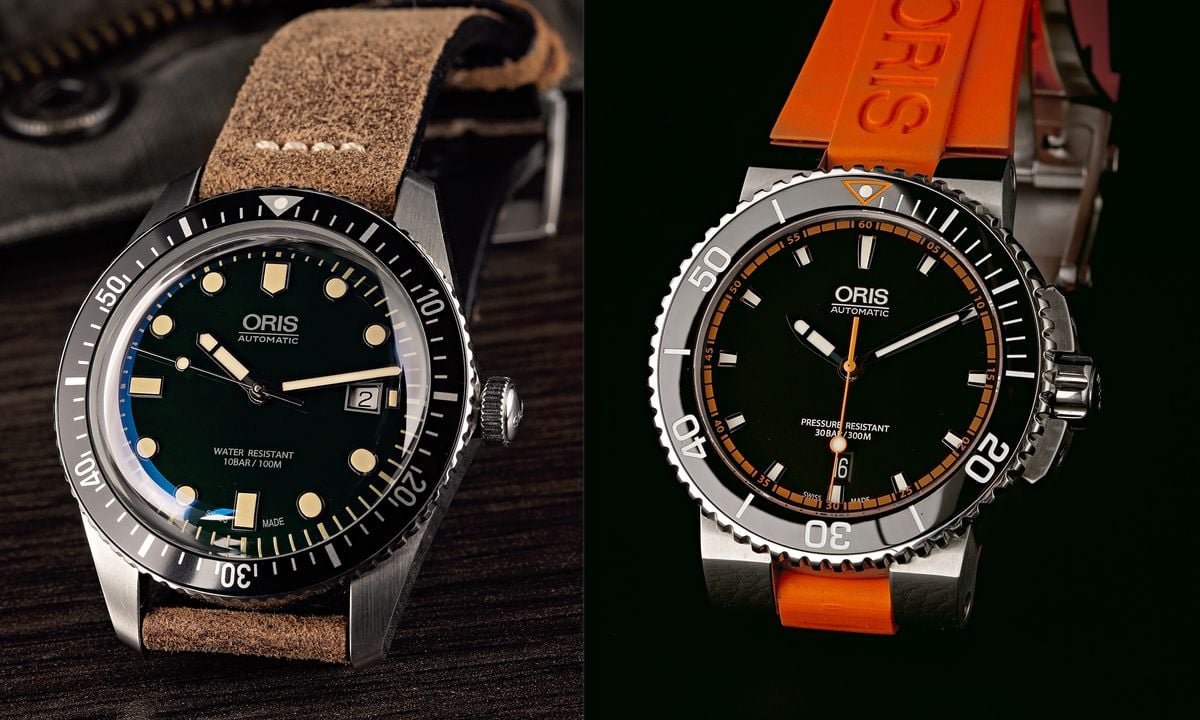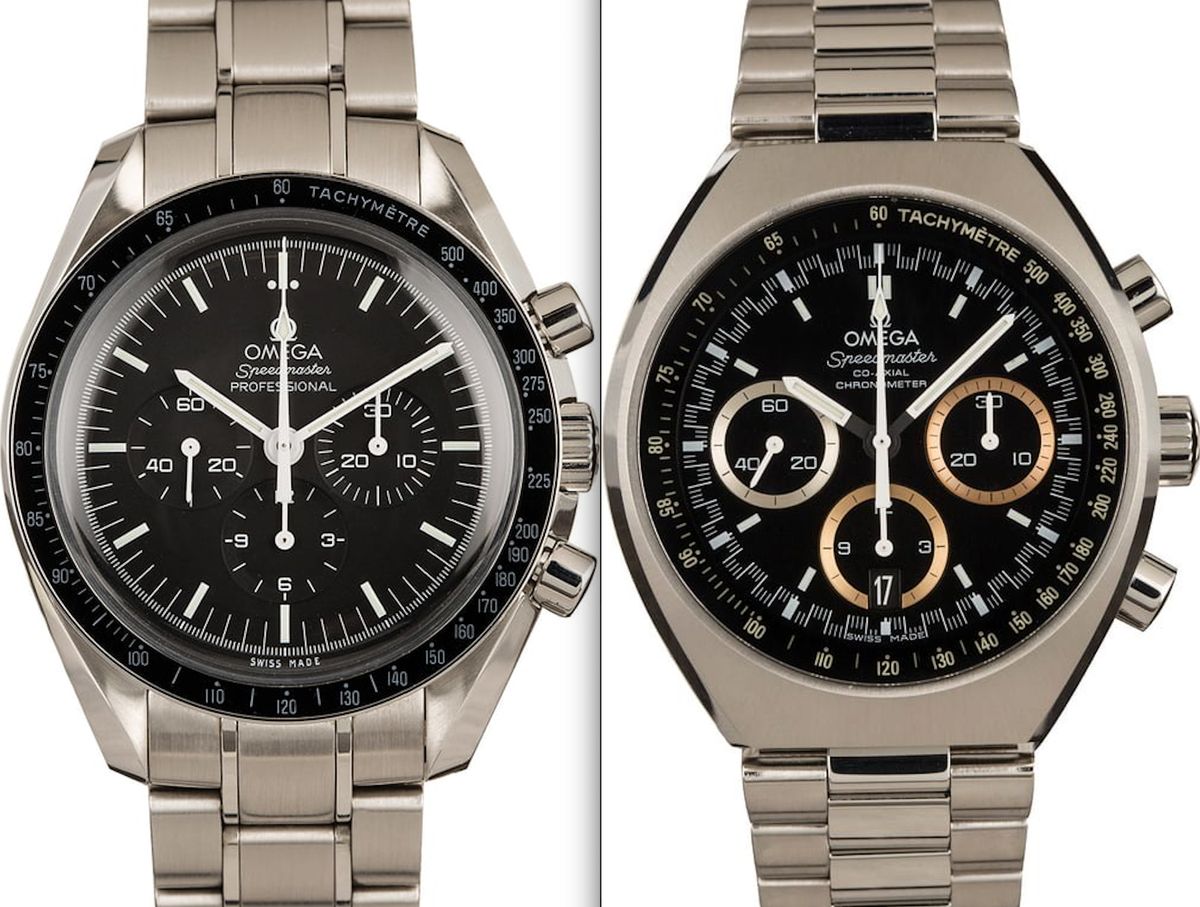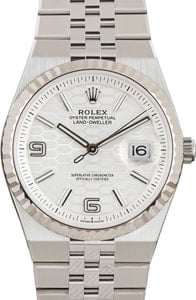It is fair to say that much of the storied history of the Rolex Daytona really belongs to its movement. It was a change in caliber that took the watch from the brand’s underperforming also-ran and transformed it into the hottest horological property of the last 30 years.
A model Rolex could barely give away for the first quarter century of its production is now one so in demand that you have more chance of being struck by lightning on your way to buying a winning lottery ticket than picking one up new from your local authorized retailer. So how much difference can one movement have over another?
Throughout its life, the Rolex Daytona has had three generations of movements – the manual-wind Valjoux calibers, followed by two automatic movements: one based on the Zenith El Primero, and most recently, one that is entirely of Rolex’s own design: the Cal. 4130. It is these last movements that made the Daytona what it is today, both fantastically accomplished calibers with a host of differences. Below we take a look at both in a bit more detail.
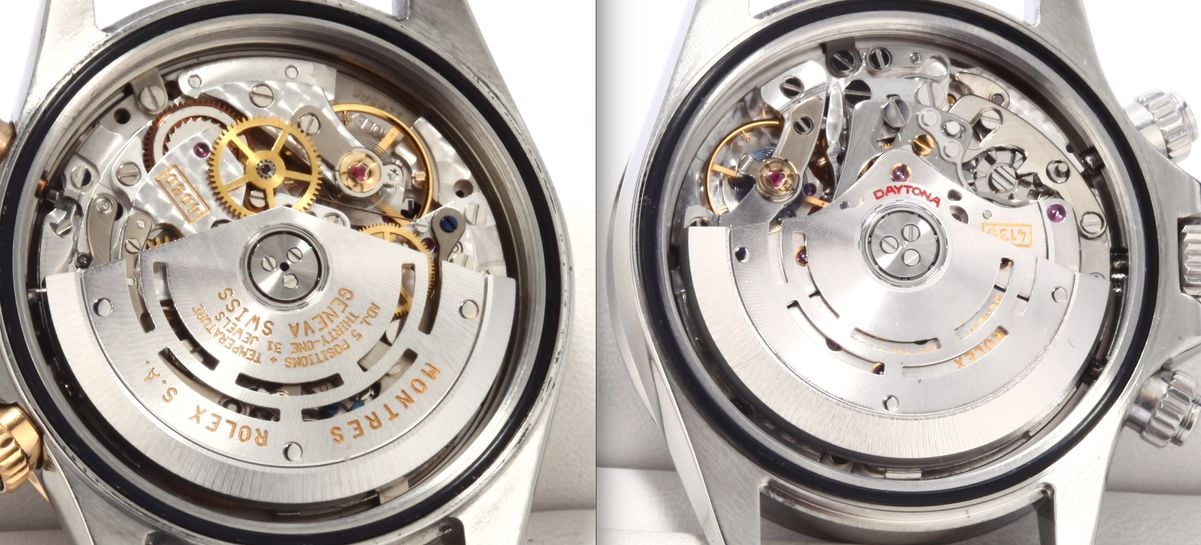
The Race Is On
The battle to create the world’s first automatically-winding mechanical chronograph movement ended in a sort of three-way tie in 1969. The competitors – Seiko in Japan and two Swiss entrants: Zenith (teaming up with fellow countrymen Movado) and a consortium called the Chronomatic Group (consisting of Heuer, Breitling, Hamilton-Buren, and Dubois Depraz) all released their own takes on the challenge that year.
Zenith were the first to announce their caliber (the El Primero) in January, but it didn’t actually become available until the following September. Seiko won the race to market, their 6139 launching in May, but with a frequency of 21,600vph, it was outperformed by the Zenith, which famously beat at 36,000vph and was able to measure time down to 1/10th second. The Caliber 11 from the Chronomatic Group also surfaced earlier, released in August, but it was an already existing movement with a chrono module retrofitted to it and experienced a number of problems from the outset.
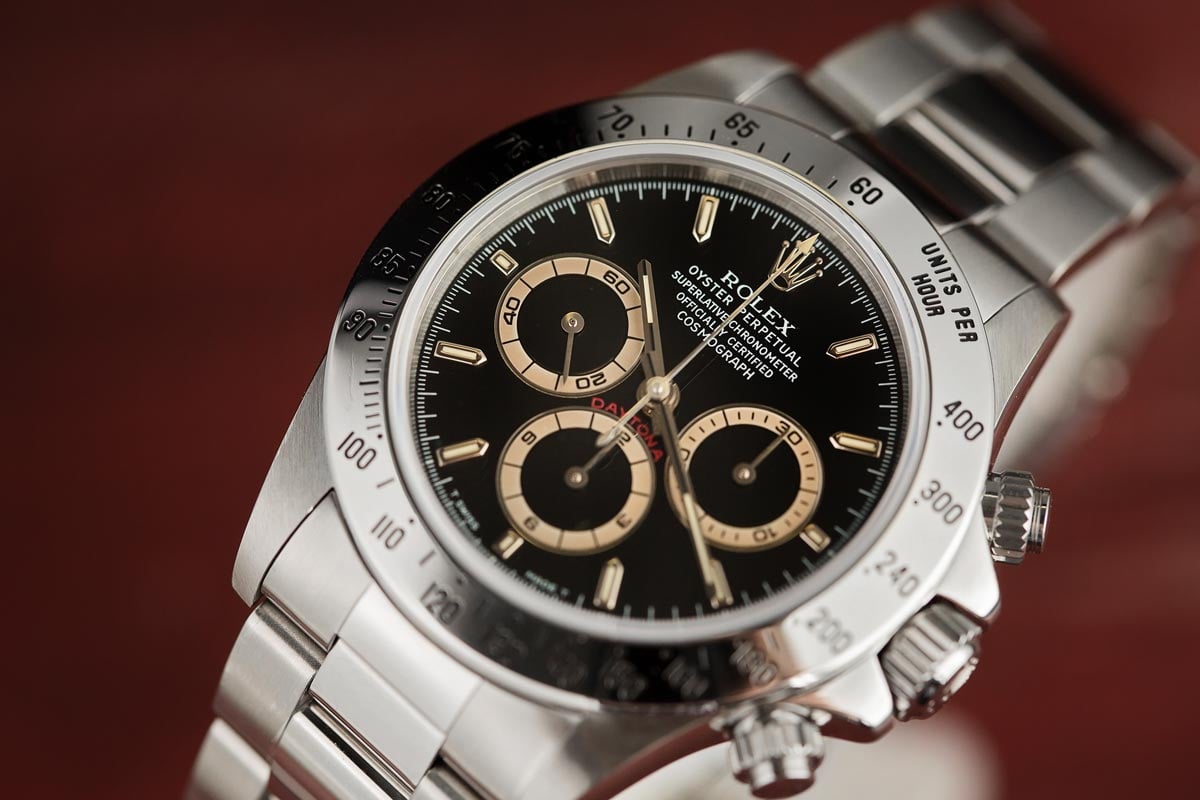
In terms of the overall winner in a closely-run race, most experts give the title to Zenith. Unfortunately, the self-winding chronograph movement was perfected just in time to coincide with the quartz crisis, which bankrupted nearly two-thirds of Switzerland’s traditional brands. Zenith themselves came within a whisker of it, eventually being bought out by the Chicago-based Zenith Radio Corporation (no relation) in 1971.
That could well have been the end for the El Primero (and possibly the Rolex Daytona too), but by the end of the decade the world had started to grow tired of the soullessness of electronics and were clamoring once again for the heritage and artistry of mechanical watches. Zenith was returned to Swiss hands in 1978 and were able to start production on the El Primero again almost immediately. (For a great story on just how they were able to do that, look up Charles Vermot and his heroic efforts; there’s no room to go into it here sadly).
The first big order came from Ebel in 1981, which poured much needed funds back into the manufacturer’s business, and then in 1986, Rolex came knocking, signing a 10-year deal worth around seven million Swiss francs. Two years later, the second generation of the Rolex Daytona surfaced, powered by an automatic movement for the first time.
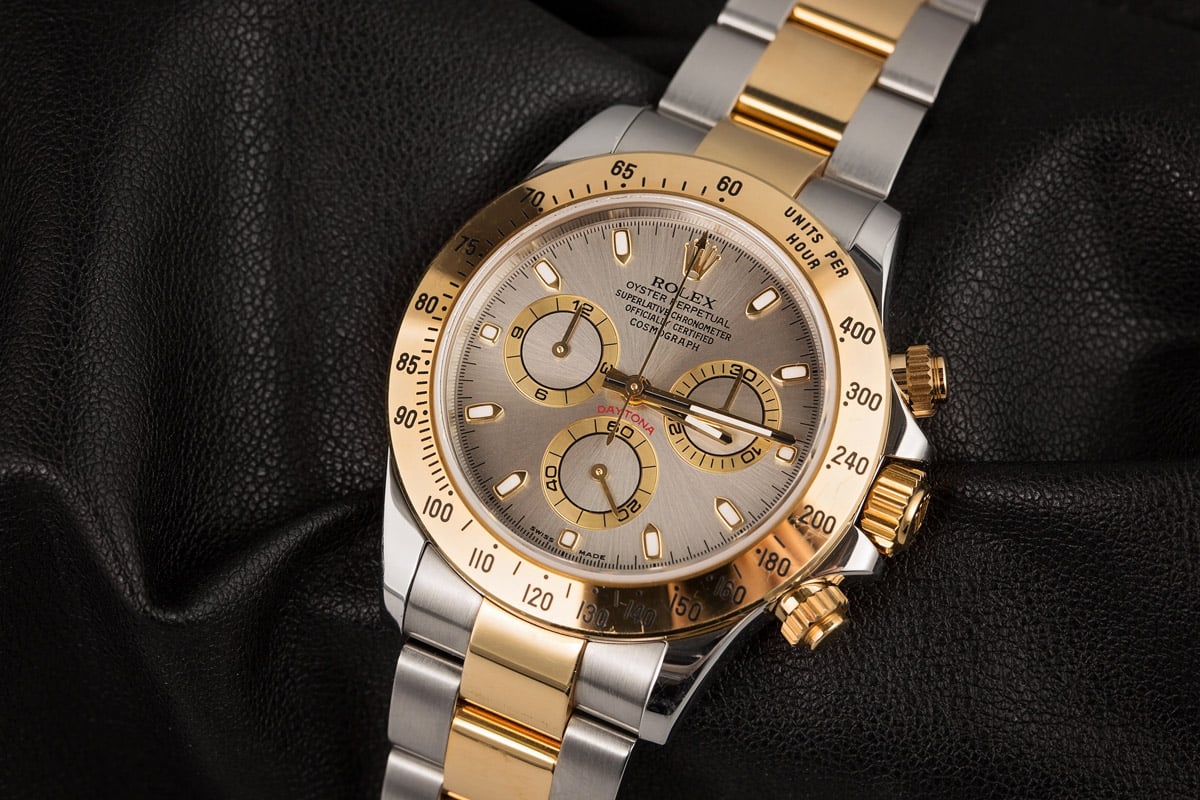
The Zenith Daytona
The reason it took so long for the new Daytona to come out following the two companies forming an alliance is because Rolex’s engineers gave the El Primero a severe going-over before fitting it inside the watch. Stripping the movement back to its mainplate, they made more than 200 separate modifications and left it with fewer than half its original components.
The most significant were the removal of the date function and the fitting of an entirely new escapement, with a larger free sprung Glucydur balance wheel and Rolex’s own Microstella regulating system. In addition, the flat hairspring was given a Breguet overcoil and the frequency was brought in line with the rest of the brand’s lineup, dropping from 36,000vph to 28,800vph. The resulting movement was christened the Cal. 4030 and debuted inside the Rolex Daytona ref. 16520 in 1988.
The ref. 165XX series of watches was the one to turn the Rolex Daytona into the legend it is today, revolutionizing the reputation of the much maligned watch practically overnight. However, as spectacular a success as it was, in Rolex’s eyes it still had one fatal flaw.
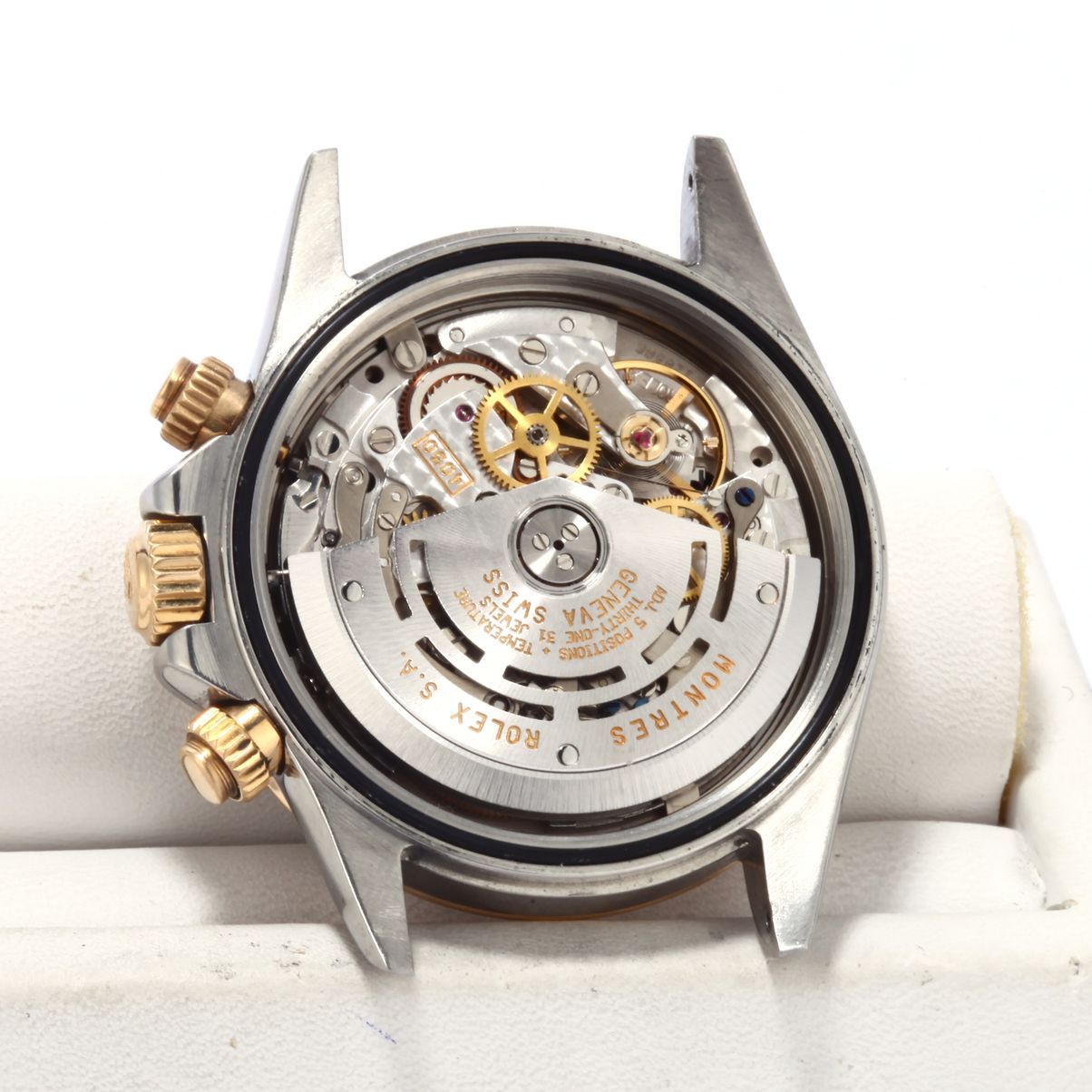
The Rolex Daytona
With the new millennium on the horizon, the Rolex Daytona was the only model in the brand’s portfolio reliant on a third-party movement, and it was a situation that could not possibly last. After five years of development, the brand closed the loop and introduced the Cal. 4130 movement, the in-house engine that would drive the third generation of their chronograph.
Outwardly, the new iteration of the Rolex Daytona was strikingly similar to the one it replaced, but inside, the movements were vastly different. Generally accepted as one of the finest mechanisms of its type ever made, the Cal. 4130 exemplifies Rolex’s drive for efficiency, drawing the highest level of performance out of the smallest number of parts. In all, it is made up of just 201 components (20% fewer than the El Primero) making it just about the lowest of any modern chronograph movement.
It has taken the sort of creative engineering for which Rolex is rightly famous. The minute and hour stopwatch functions, for example, which were controlled by two individual modules in Zenith’s caliber, have been combined into a single unit on the Cal. 4130. That has freed up enough space for a larger mainspring, upping the power reserve from 50 to 72 hours. It also means that the chronograph module only needs one screw for its adjustment, as opposed to five on the previous movement.

Other changes can be found on the self-winding system, which now uses ball bearings, making it 68% more efficient. The Cal. 4130 was also the movement chosen to debut Rolex’s patented Parachrom hairspring, made from an antimagnetic alloy of niobium and zirconium which is impervious to temperature variations and offers up to 10 times the shock resistance compared to standard springs. In 2005 it was updated again, given a thicker oxide coating which caused it to change color when reacting with the air, and giving rise to its new name of the Blue Parachrom.
But perhaps most importantly is the use of a vertical clutch. Where the El Primero employed a horizontal, or lateral, arrangement to control the chronograph, the Cal. 4130 has a pair of discs one on top of the other, running in constant synch with the drivetrain. Engaging and releasing the discs with the clutch eradicates the tiny jumps on the chrono hands during starts and stops, known as backlash. It not only means a more precise stopwatch, but also the chronograph can be run for longer periods of time without affecting the watch’s overall timekeeping.
While it undoubtedly improves upon the outgoing Zenith caliber, you will still find devotees who prefer the El Primero-powered models, which have a charm all their own. Those middle generation watches are also generally the most affordable entryway into Daytona ownership, particularly the two-tone steel and gold Rolesor examples. Rolex’s racing legend has certainly come a long way from the early days of commercial failure, and it really has its movements to thank for much of its success. Perhaps the most important sports watch of them all, there is room for at least one Rolex Daytona in any watch collection.
